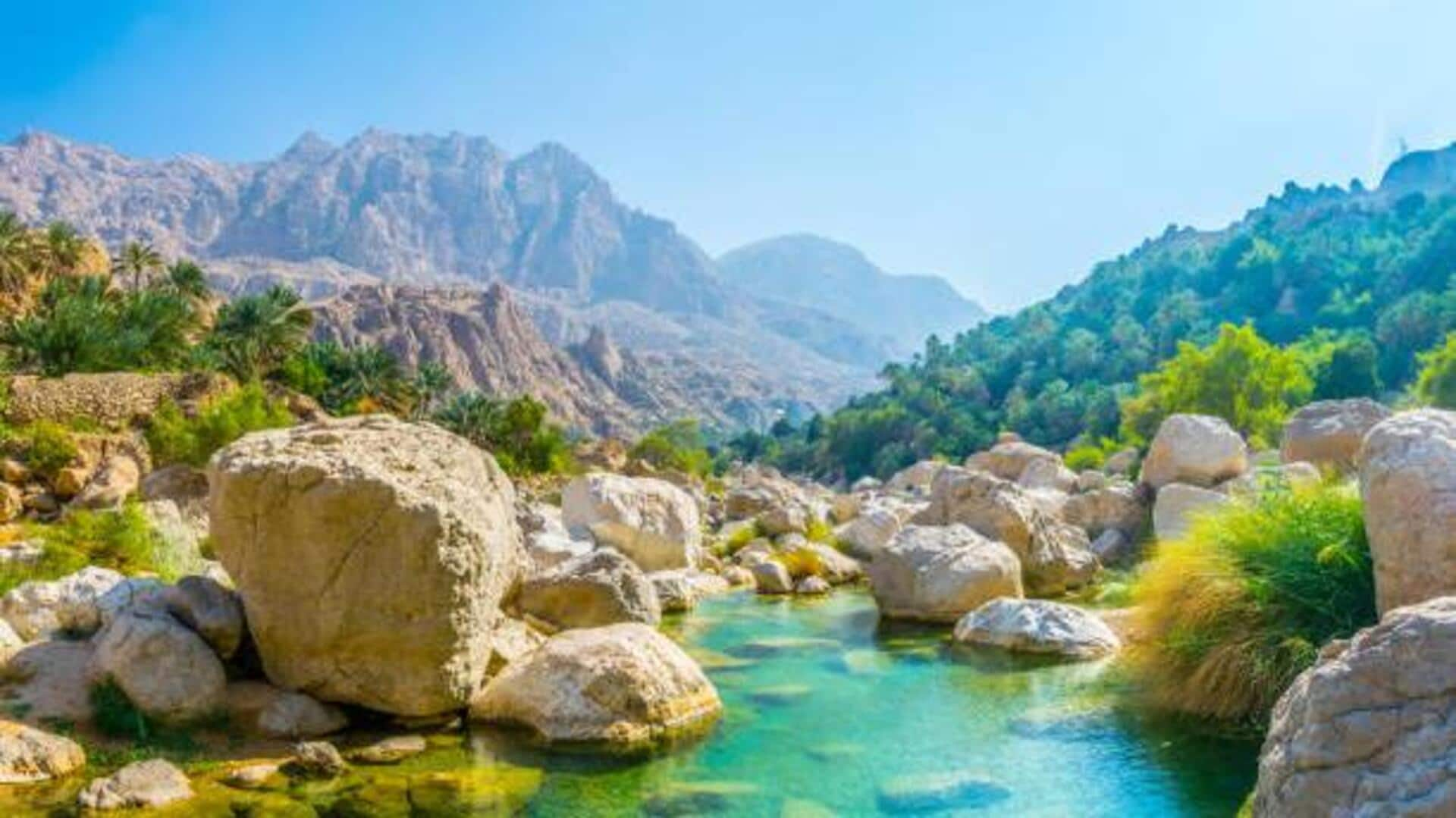
What river beds reveal about ancient civilizations
What's the story
River beds have long fascinated archaeologists and historians alike. These natural formations often hold clues to the past, revealing how ancient civilizations lived, traded, and interacted with their environment. From time to time, as rivers change course, they leave behind layers of sediment containing artifacts and other remnants of human activity. By studying these deposits, researchers can gain valuable insights into the development of human societies.
Historical finds
Ancient tools and artifacts
River beds are treasure troves for unearthing ancient tools and artifacts. Pottery shards, stone tools, jewelry, etc., often surface during explorations. These objects serve as evidence of early human craftsmanship and trade networks. For instance, finding similar artifacts in different river beds can indicate trade routes or cultural exchanges between distant communities.
Preserved evidence
Fossilized remains
Fossilized remains discovered in river beds give an insight into ancient ecosystems, where humans used to thrive. These fossils also consist of bones of animals that were hunted or domesticated by early humans. By studying these remains, scientists can piece together dietary habits and how ancient populations adapted to the environment.
Earth's history
Geological insights
The layers of sediment in river beds also narrate the story of geological changes over time. By studying these, researchers can determine when exactly flooding or drought affected human settlements. This, in turn, helps piece together a timeline of environmental events that contributed to the rise of civilizations along riverbanks.
Environmental clues
Climate change indicators
River bed explorations help in understanding how climate changed in the past. Sediment cores taken out from riverbeds are rich in pollen grains and other organic materials, revealing what kind of vegetation grew and what climate was like. This information helps in predicting future trends based on what we saw in these natural archives.